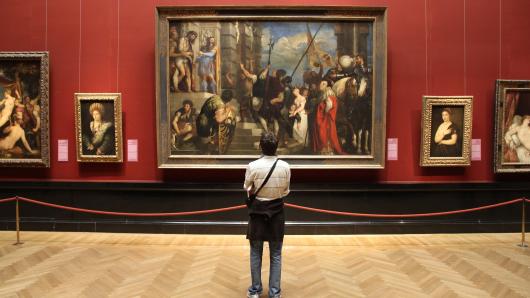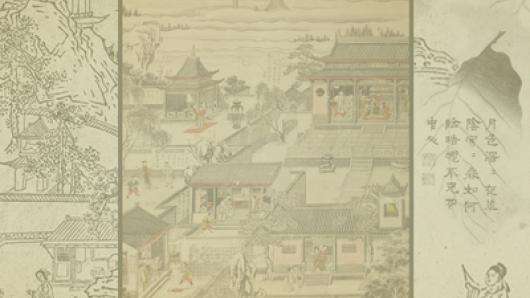Course description
Scientists are not the only ones who uncover, document, and explain the environmental impacts of climate change. Paintings and photographs, archaeological and architectural records, oral histories and indigenous ways of knowing show and tell us how the environment and climate have changed, how humans have caused and responded to that change, and how we can respond today. This course challenges students to use arts and humanities resources to examine the anthropocene. The readings include essays about archaeology and architecture, art and culture in Scotland, England, Iceland, Greenland, and the United States. The assignments build students' ability to recognize and use arts and humanities resources in the climate discussion, and to implement a program, research project, or exhibit using the arts and humanities. There is no prior environmental or museum knowledge required; interest in both, however, is critical. Easy access to a museum collection for research—electronic or in-person—is also critical.







